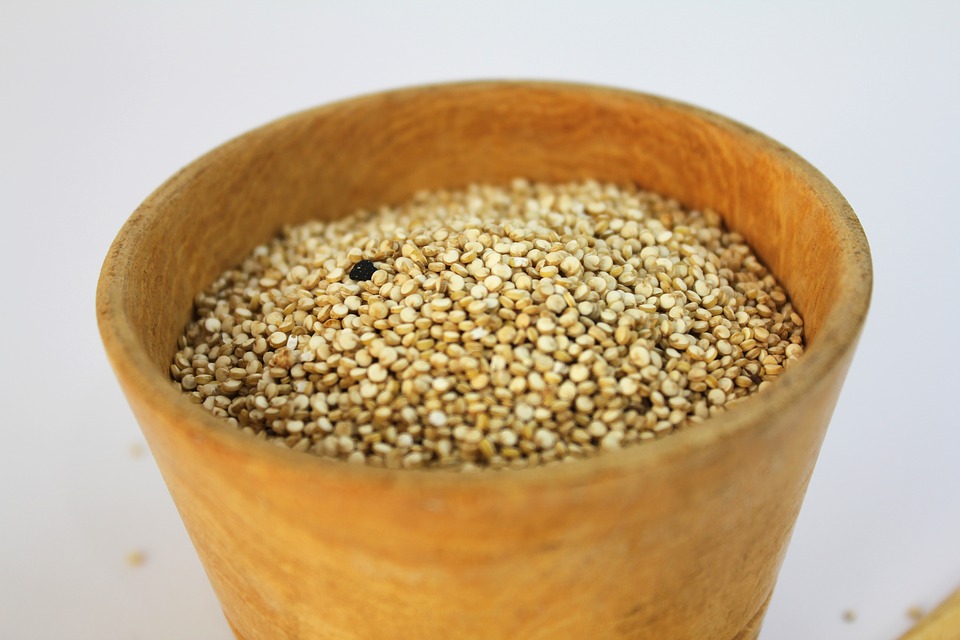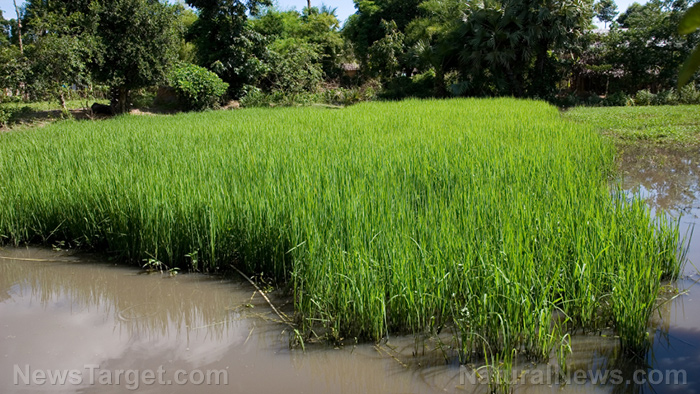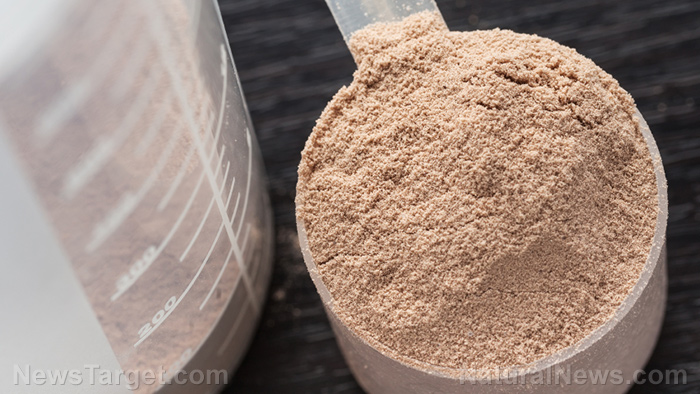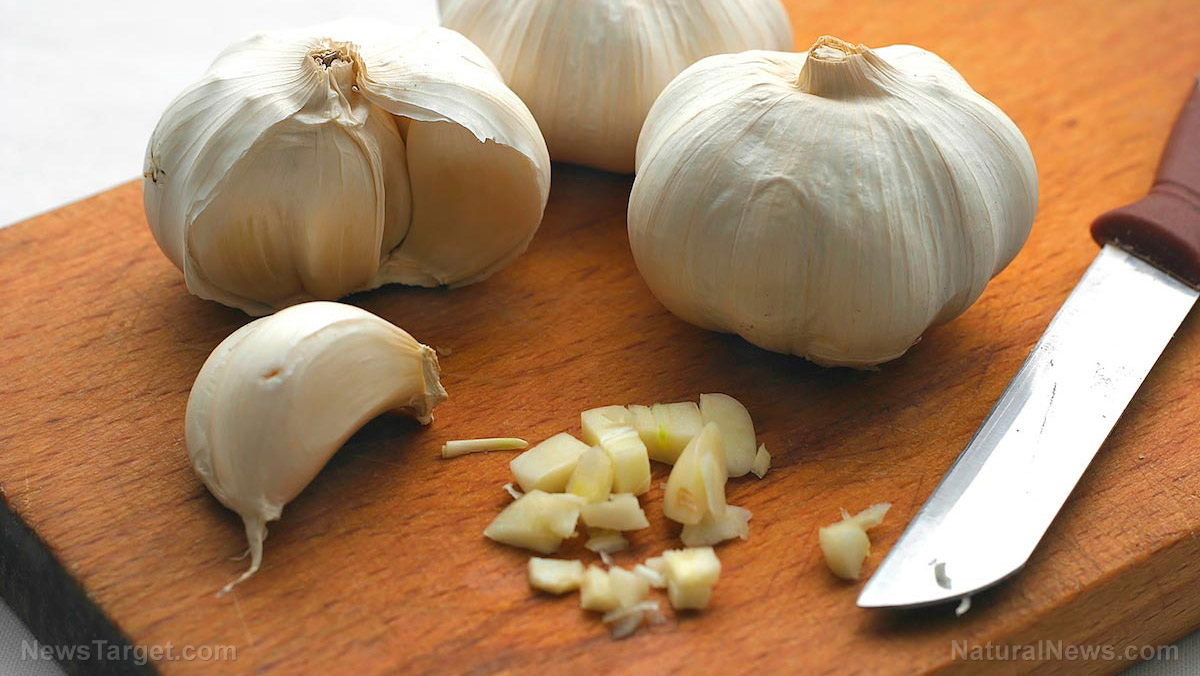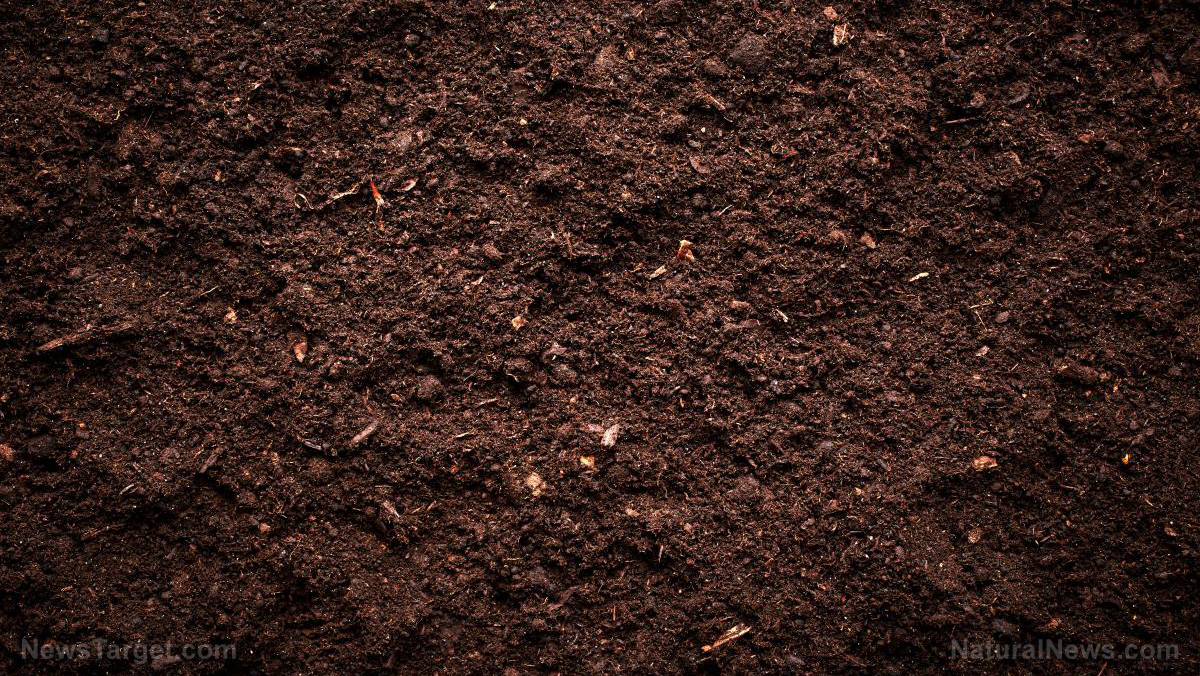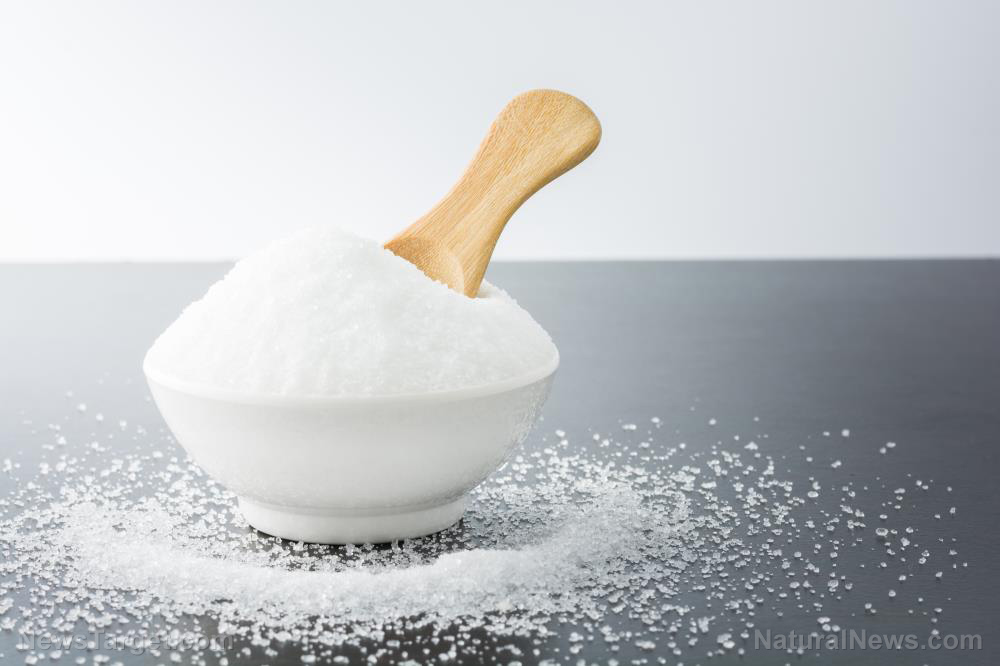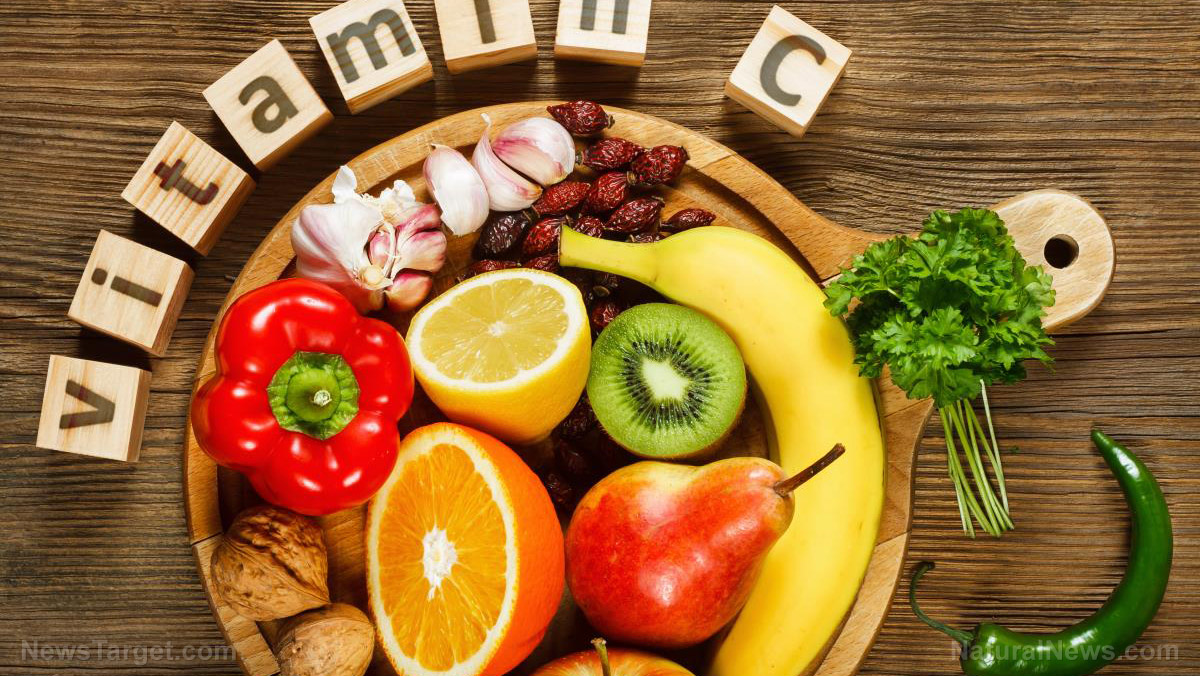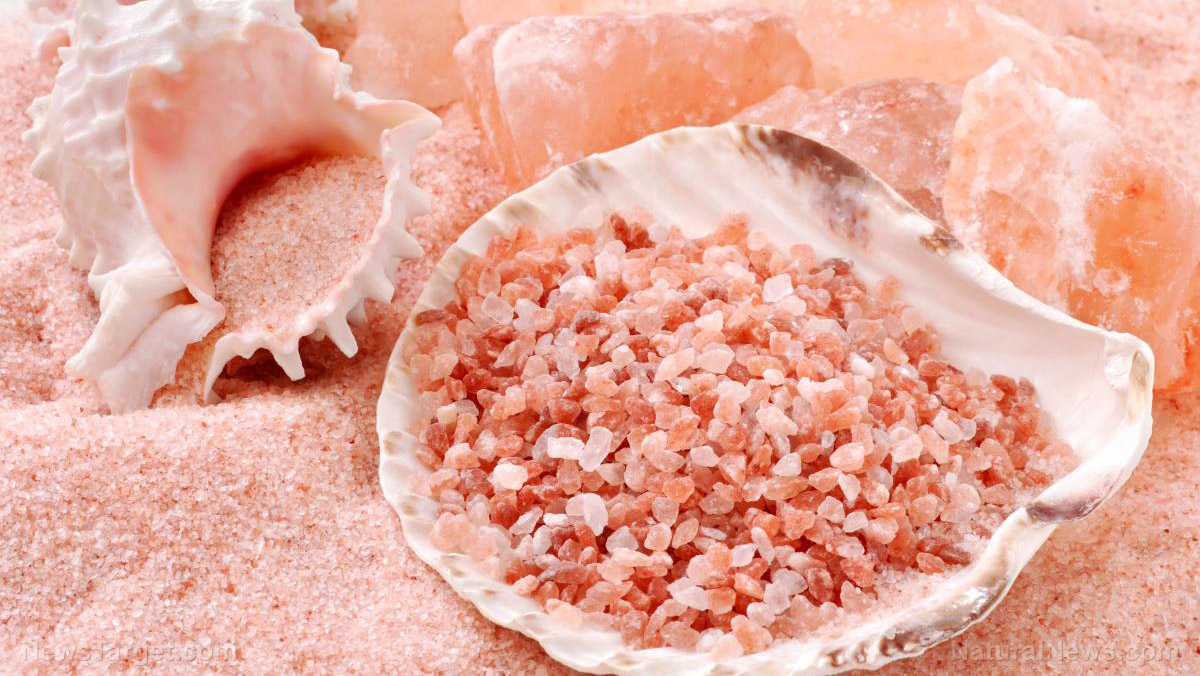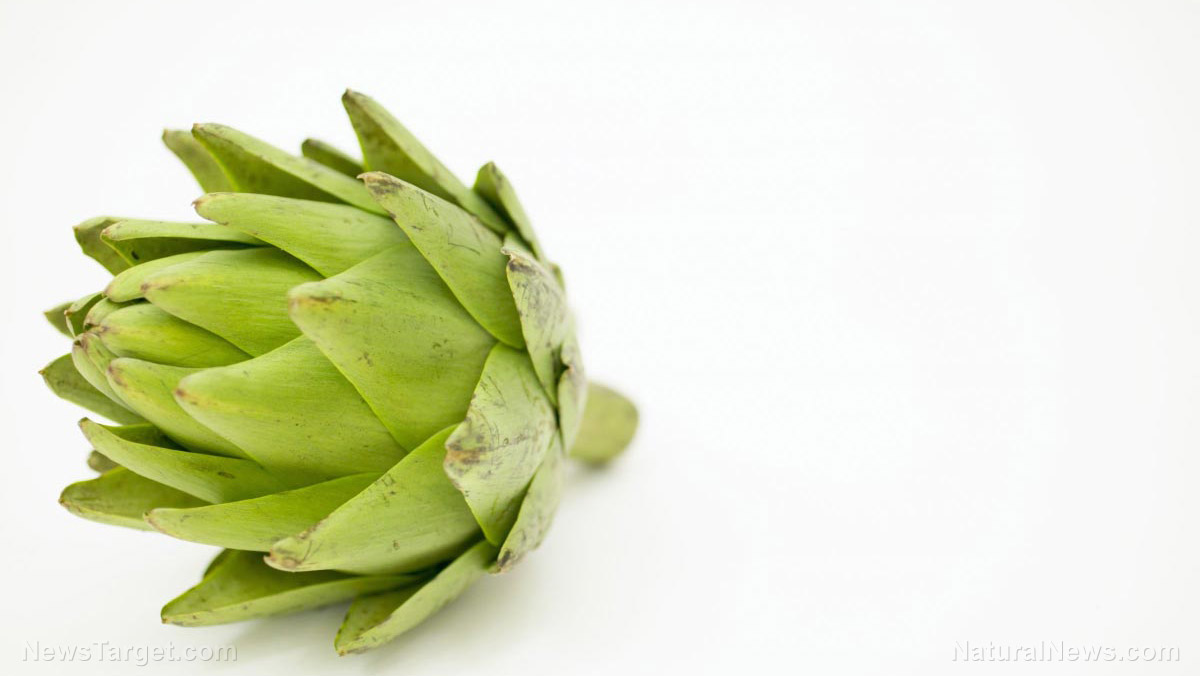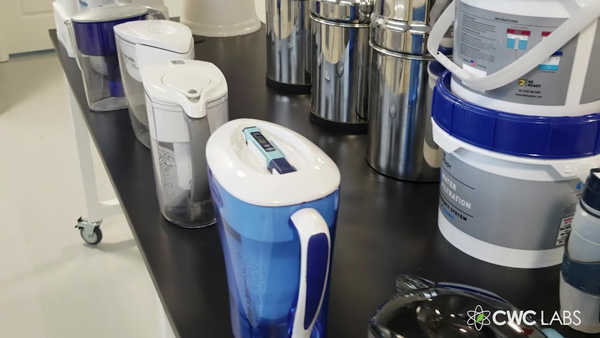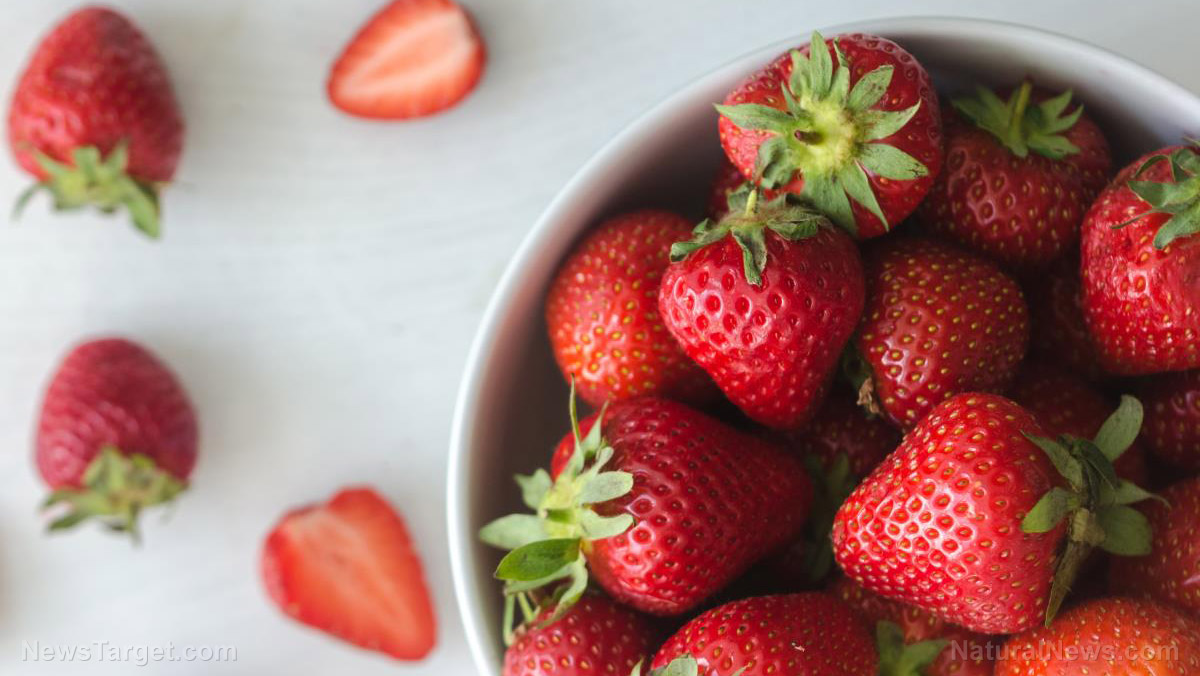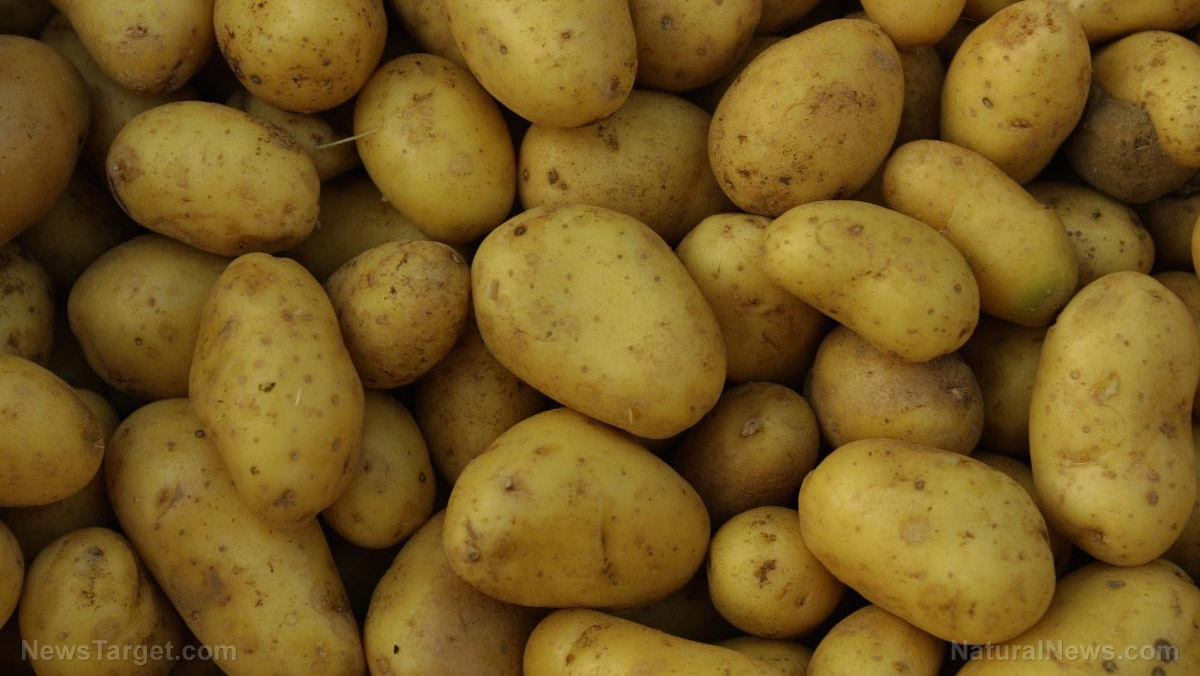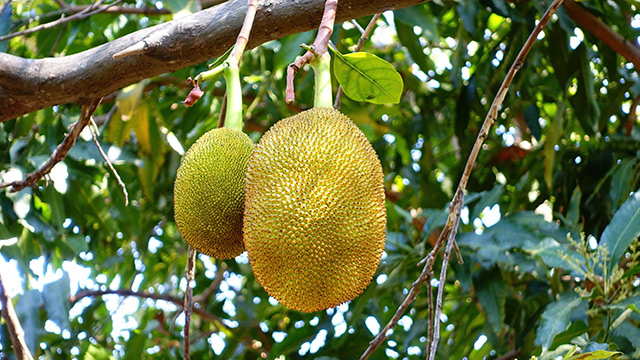Research confirms the healing potential of monk fruit on cancer patients
02/06/2019 / By Edsel Cook
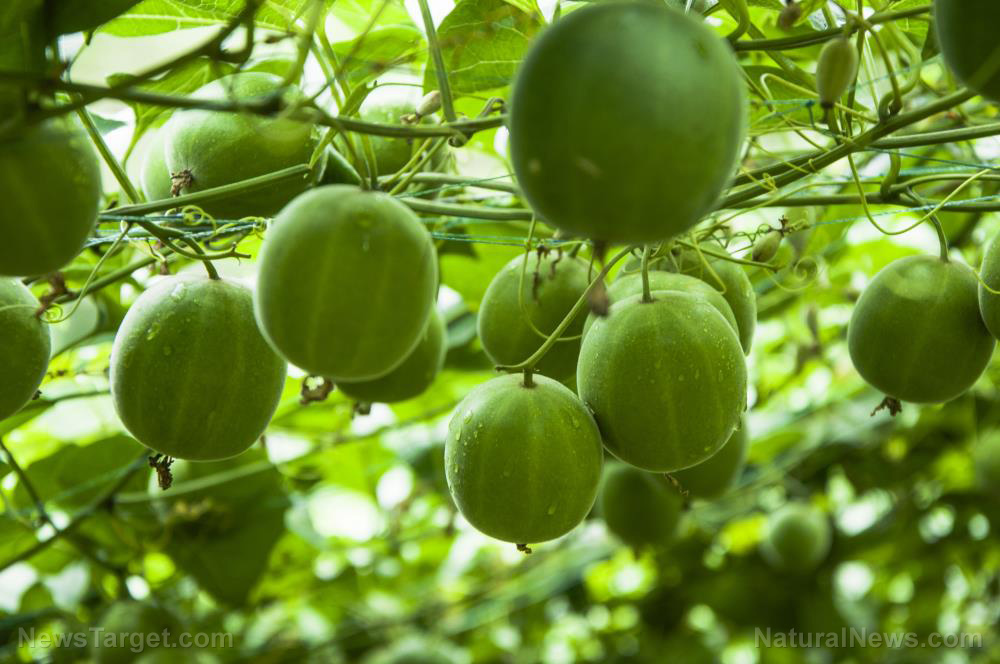
Monk fruit (Siraitia grosvenorii) is one of the stalwarts of traditional Chinese medicine that found new uses in modern times. Many studies are now confirming its therapeutic effectiveness against certain types of cancer.
In the West, the fruit serves as an alternative sweetener that is much healthier than processed sugar. It is believed to decrease bad cholesterol and alleviate the symptoms of diabetes.
In China, it is called “luo han guo” and revered as a longevity fruit that extends lifespans. If there is an ailment, monk fruit is often the first prescribed means of alleviating the problem.
Researchers are finding out why Chinese monks hold luo han guo in such high regard. In 2003, a Japanese team announced that the natural substances in monk fruit could impede the growth and spread of skin cancer tumors.
This promising study increased the interest in monk fruit as a potential source of cancer-fighting agents. These bioactive compounds in luo han guo could be used to support or even replace existing conventional treatment methods. (Related: Why monk fruit is the best sugar substitute yet discovered.)
Researchers are finally acknowledging the anti-cancer properties of monk fruit
Monk fruit contains numerous natural compounds. One of those phytochemicals, mogroside V, became the subject of a 2016 joint study led by the Beijing University of Agriculture (BUA).
Mogroside V was used to treat several models of pancreatic cancer. It was shown to trigger death in cancer cells and prevent them from developing or spreading any further. Chinese researchers theorized that the plant-based compound disrupted the STAT3 signaling pathway that cancer cells used for communication.
An earlier study focused on the anti-diabetic effect of the monk fruit. But the 2008 report from Zhejiang Wali College (ZWC) also involved mogroside V, and the researchers found out that the compound was also a powerful antioxidant.
“Antioxidant capacity evaluated in vitro showed that MG [mogrosides extract] and mogroside V, which was the main component of MG, possessed strong oxygen free radical scavenging activities,” the ZWC study reported.
Antioxidants eliminate free radicals that could harm healthy cells and tissues. This detoxification has been shown to reduce the risk of cancer, which is often associated with excess levels of free radicals that injure and mutate cells.
Other studies arrived at a similar conclusion. A 2015 report, for instance, identified mogrol – a phytochemical related to mogroside V – as an effective means of inhibiting leukemia.
Sweet-tasting mogrosides in luo han guo also fight all kinds of cancer
Mogroside V and mogrol are part of a group of natural chemicals called mogrosides. These potential cancer-fighting substances also happen to be responsible for the sweet taste of monk fruit. Mogrosides are extracted from the fruit and turned into powdered sweeteners.
It so happens that cancer cells consume large amounts of glucose in order to power their growth and spread throughout healthier tissue. This explains the connection between the proliferation of cancer tumors and the amount of sugar consumed by a person.
By eating monk fruit or the sweetener extracted from it, a person is not just boosting the amount of cancer-fighting mogrosides in his blood and body. He is also reducing the amount of processed sugar that usually fuels the proliferation of cancer.
Researchers are still trying to find out the specific means by which mogrosides stop the expansion of cancer. They know mogrosides are part of a bigger group of phytochemicals called curcubitane glycosides. Bitter melon and other plants that contain plenty of curcubitane glycosides are also known to fight cancer and regulate immune responses. Indeed, the very first known such glycoside – amydaline – is indeed an anti-cancer compound found in apricot.
Sources include:
Tagged Under: alternative medicine, anticancer, food cures, luo han guo, monk fruit, natural cures, natural medicine, traditional Chinese medicine

